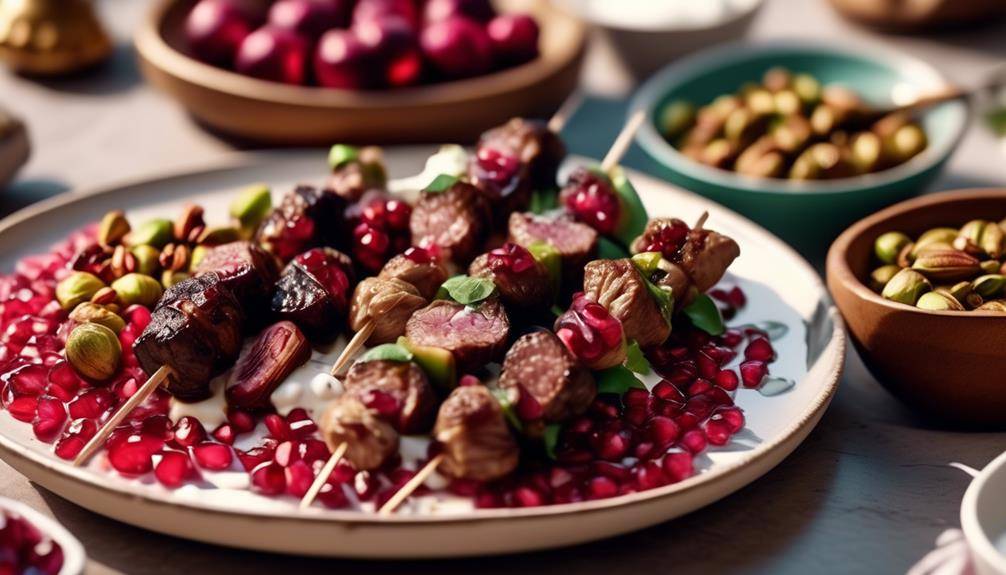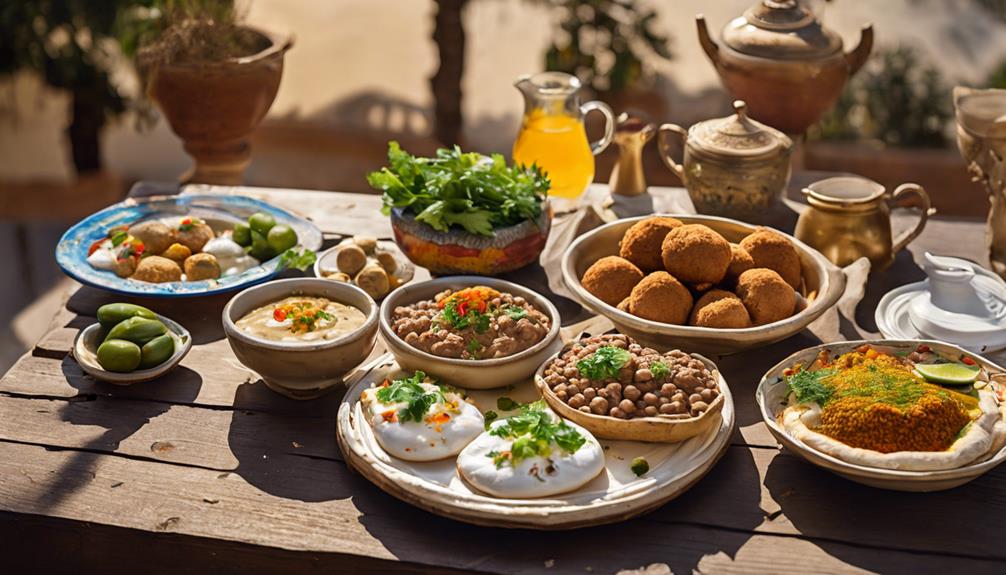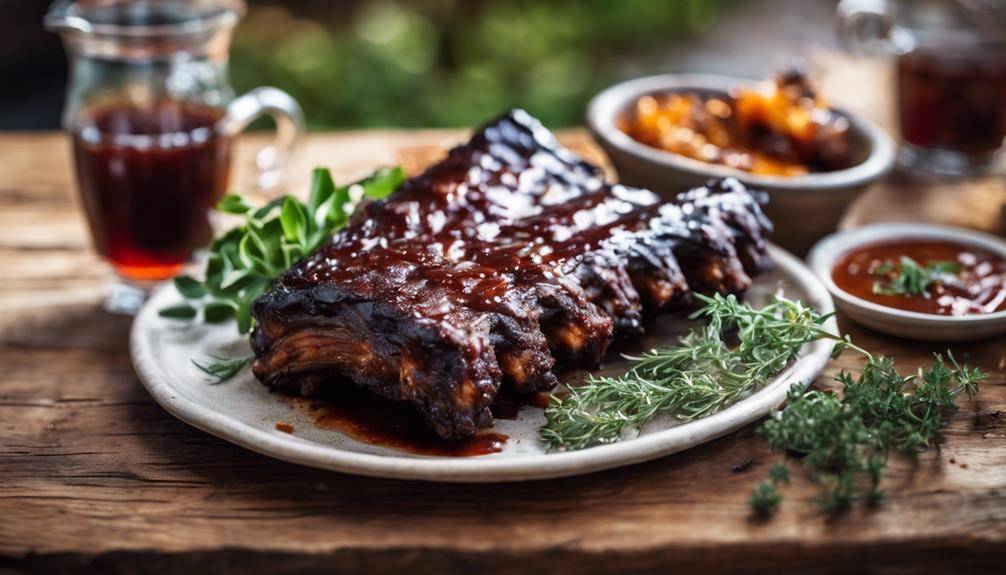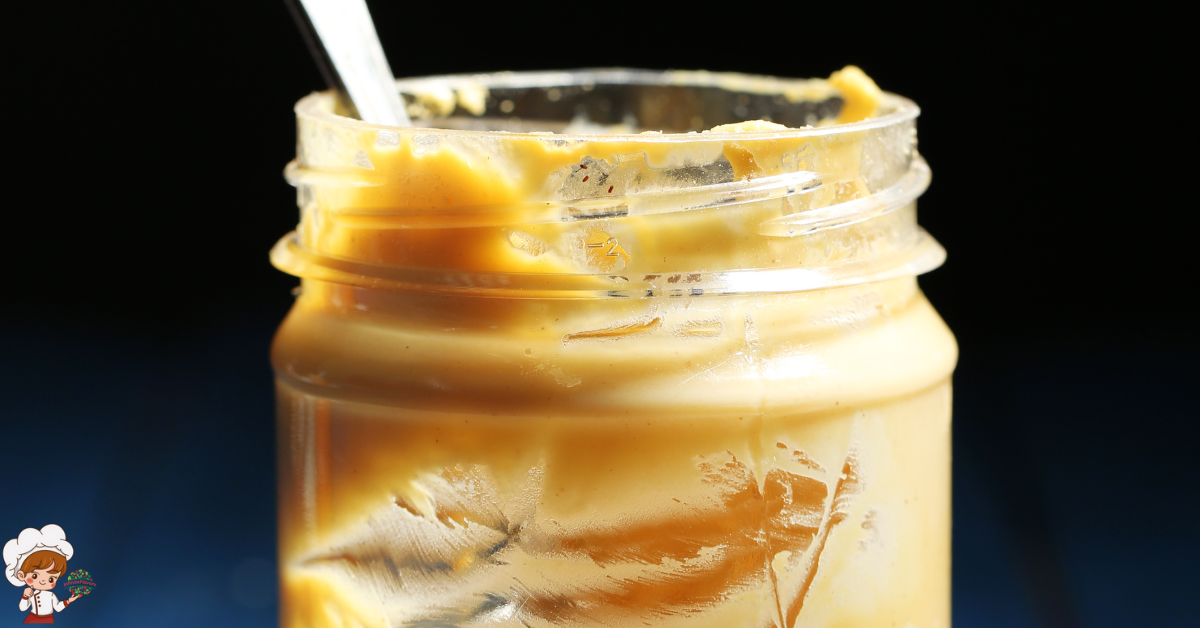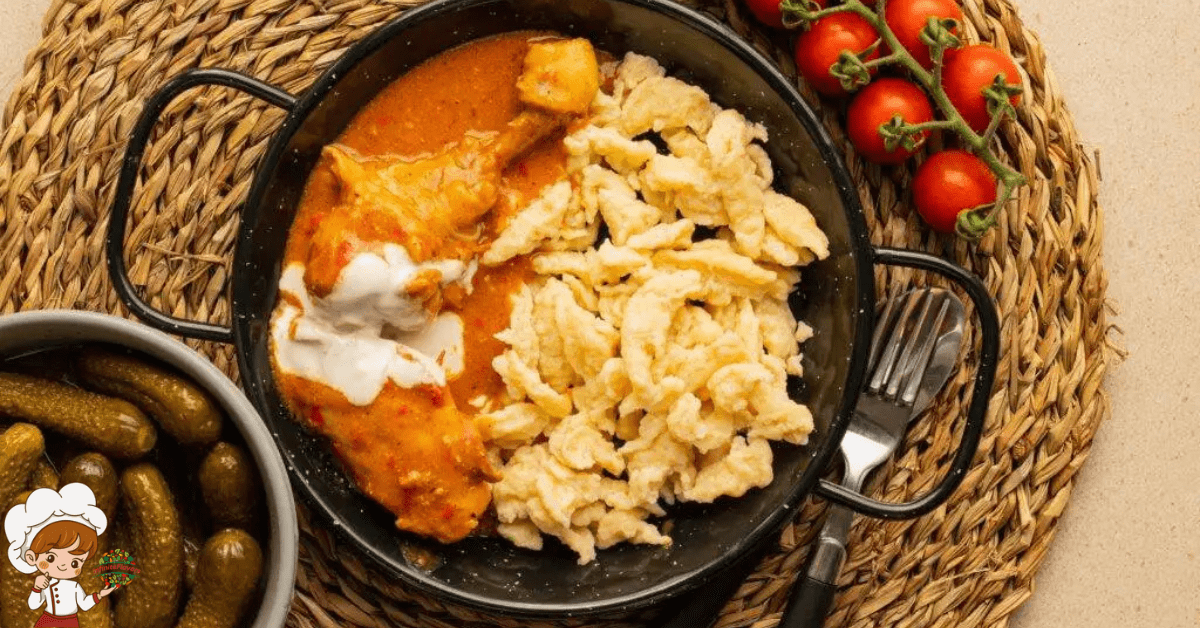Exciting Pudding Popsicles From The Kitchen Experiments to Frozen Favorites
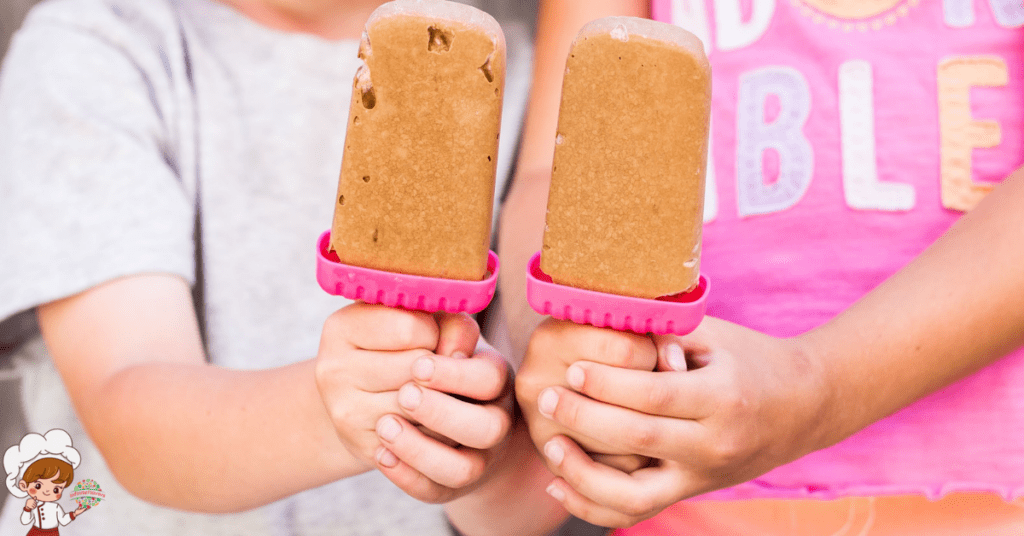
Exciting Pudding Popsicles From The Kitchen; Frozen desserts have been a beloved treat for centuries, but few snacks bring quite the same level of nostalgia and comfort as pudding popsicles. Creamy, rich, and delightfully cool, pudding pops are a brilliant fusion of two classic desserts: pudding and popsicles. Today, these frozen treats enjoy a cult following, inspiring everything from homemade kitchen experiments to gourmet versions sold in boutique shops.
But where did pudding pops originate? How did they go from a simple idea to a freezer aisle staple and then to homemade greatness again? In this blog post, we’ll take a deep dive into the history and origin of pudding popsicles, how they captured hearts across generations, and why they continue to be a frozen favorite. Along the way, we’ll answer common questions and explore the resurgence of homemade pudding pops in today’s food culture.
Let’s unwrap the sweet story behind pudding popsicles.
The Early Days of Frozen Desserts
To understand the evolution of pudding popsicles, we must first explore the broader history of frozen desserts.
Frozen treats have been enjoyed since ancient times. Records show that emperors in China’s Tang Dynasty enjoyed mixtures of ice and milk, while Alexander the Great was known to savor snow flavored with honey and nectar. In Renaissance Italy, sorbet-like treats called “sorbetto” gained popularity among the wealthy, and by the 17th century, Europeans were experimenting with frozen creams that would eventually evolve into ice cream.
Fast forward to 1905: 11-year-old Frank Epperson accidentally left a mixture of powdered soda and water outside overnight with a stick in it. In the morning, he discovered a frozen treat — the very first popsicle. He patented the idea in 1923, calling it the “Epsicle,” later renamed the Popsicle.
Thus, the idea of frozen desserts on a stick was born — paving the way for endless variations, including the creamy wonder known as pudding popsicles.
The Rise of Packaged Frozen Treats in America
Post-World War II America saw a boom in convenience foods. Frozen meals, TV dinners, and ice cream novelties flooded the market as busy households sought quick and easy indulgences. Ice cream bars, fudge pops, and fruit-flavored popsicles became freezer staples.
In the midst of this frozen craze, a gap remained: while fruit-based and chocolate frozen treats were abundant, nothing offered the uniquely smooth and dense texture of pudding in a portable, frozen form. That opportunity would soon be filled in a delicious way.
The Invention of Pudding Pops
The specific invention of pudding pops is most closely associated with the 1970s and 1980s, a time when snack food innovation was at a peak. Kraft Foods, the makers of Jell-O pudding, played a crucial role.
In 1979, Kraft introduced Jell-O Pudding Pops — frozen treats made by freezing pudding into a stick form. They were heavily marketed in the 1980s, often featuring none other than comedian Bill Cosby as their spokesperson in television commercials. His warm, humorous approach to marketing Jell-O products helped cement pudding pops as an iconic American treat almost overnight.
What made pudding pops so special?
- They had the creamy richness of pudding.
- They offered the refreshing chill of an ice cream treat.
- Their unique texture set them apart from standard icy popsicles or hard ice creams.
For many children of the 1980s and 1990s, opening the freezer and unwrapping a pudding pop was a defining childhood memory.
The Fall of Commercial Pudding Pops
Despite their immense popularity, commercial pudding pops eventually disappeared from store shelves by the early 2000s.
Several factors contributed:
- Changing consumer tastes toward low-fat and low-sugar foods made richer desserts less in demand.
- Rising production costs made pudding pops less profitable compared to other frozen snacks.
- Kraft shifted marketing focus to other product lines.
Though the original Jell-O branded pudding pops faded from the mainstream, they left behind a loyal following of fans determined to recreate the magic at home.
The Resurgence of Homemade Pudding Popsicles
Today, thanks to the internet, food blogs, and social media, pudding pops have experienced a major homemade revival. Cooks, parents, and nostalgic millennials alike have rediscovered the joy of creating pudding pops right in their kitchens.
Homemade pudding pops are easy to make, requiring just a few ingredients: prepared pudding (instant or cooked), milk or cream, and simple molds.
New variations have also exploded, including:
- Chocolate peanut butter pudding pops
- Banana cream pudding pops
- Vegan coconut milk pudding pops
- Low-sugar and keto-friendly pudding pops
The DIY pudding pop movement highlights creativity and personal flair, allowing home cooks to experiment with flavors, textures, and presentation.
Why Pudding Popsicles Remain Beloved
Several key factors explain the enduring popularity of pudding pops:
- Nostalgia: For many, pudding pops represent the carefree joy of childhood summers.
- Texture: Their creamy, melt-in-your-mouth consistency sets them apart from icier frozen treats.
- Simplicity: With just a few ingredients, even novice cooks can craft delicious pudding pops.
- Versatility: Endless flavor combinations keep the concept fresh and exciting.
- Family-Friendly: Kids love them, and parents love making them—an easy bonding activity.
In a world where food trends can be fleeting, pudding pops have proven their staying power.

Classic Homemade Pudding Popsicles Recipe
Ingredients
- Ingredients:
- 1 3.9 oz box instant pudding mix (chocolate, vanilla, or any flavor you love)
- 2 cups cold milk whole milk gives the creamiest texture, but any milk works
- 1/2 cup heavy cream optional for extra creaminess
- 2 tablespoons sugar optional, depending on your sweetness preference
- Popsicle molds or small paper cups + popsicle sticks
Instructions
- Instructions:
- Mix the Pudding Base:
- In a large mixing bowl, whisk together the pudding mix and cold milk. If you’re using heavy cream, add it now for a richer flavor. Whisk for about 2 minutes until the mixture thickens slightly.
- Sweeten if Needed:
- Taste the pudding. If you like it a little sweeter, add the sugar and stir well to combine.
- Fill the Molds:
- Pour the prepared pudding mixture evenly into popsicle molds. If you’re using paper cups, fill them about ¾ full. Tap the molds gently on the counter to remove any air bubbles.
- Insert Sticks:
- Place a popsicle stick into the center of each mold or cup. If the stick won’t stand straight, freeze the pops for about 30–40 minutes first until partially firm, then insert the sticks.
- Freeze Until Solid:
- Freeze the pudding pops for at least 4–6 hours, or until they are completely solid.
- Unmold and Enjoy:
- To release the pudding pops, run warm water over the outside of the mold for about 10–15 seconds. Gently pull the pops out and enjoy immediately!
- Tips for Best Results:
- Creamier Pops: Use half milk and half heavy cream for an extra rich texture.
- Fun Add-Ins: Stir mini chocolate chips, crushed cookies, or bits of fruit into the pudding before freezing.
- Flavor Twists: Swirl two pudding flavors together (like chocolate and vanilla) for a marbled effect.
- Storage: Keep your pudding pops in an airtight container or wrap them individually in plastic wrap to prevent freezer burn.
Frequently Asked Questions (FAQ)
Q: What’s the difference between pudding pops and fudge pops?
A: While both are creamy frozen treats, fudge pops are typically made with a thinner, icier chocolate mixture similar to ice cream. Pudding pops have a denser, silkier texture because they’re based on a thicker pudding base.
Q: Can I make pudding pops without a popsicle mold?
A: Yes! You can use small paper cups and popsicle sticks. Simply fill the cups with pudding, insert sticks, and freeze. Once frozen, peel off the cup.
Q: How long do homemade pudding pops last in the freezer?
A: For best quality, eat homemade pudding pops within 2–3 weeks. They’ll remain safe longer but might develop freezer burn or slight texture changes over time.
Q: Can I make pudding pops dairy-free or vegan?
A: Absolutely! You can use almond milk, coconut milk, or oat milk along with a plant-based pudding mix or homemade dairy-free pudding to create vegan pudding pops.
Q: Why are my pudding pops icy instead of creamy?
A: If the pudding base is too watery, the pops may freeze harder and icier. Using whole milk or even adding a bit of heavy cream can ensure a smoother, creamier texture.
Q: Do I need to cook the pudding first if using instant pudding mix?
A: No, instant pudding sets up quickly without cooking. However, cooked pudding often yields an even richer, thicker pop, so it’s worth experimenting depending on your preference.
Conclusion: Exciting Pudding Popsicles From The Kitchen
Pudding popsicles might seem simple, but they carry a rich story of culinary innovation, nostalgia, and resilience. From the early experiments with frozen desserts centuries ago to the 20th-century boom of convenience foods, pudding pops carved out a special place in the hearts (and freezers) of millions.
Though the original commercial version faded away, their spirit lives on in kitchens around the world. Today’s homemade pudding pops celebrate the best of this legacy: a reminder that sometimes, the simplest treats bring the greatest joy.
Whether you’re recreating childhood memories or making new ones with your family, whipping up a batch of creamy pudding pops is more than just making dessert—it’s participating in a delicious tradition that has spanned generations.
So next time you crave a cool, comforting snack, skip the store and dive into the rich, sweet world of homemade pudding pops. With just a few ingredients and a little time, you can taste a bit of history — one frozen bite at a time.




